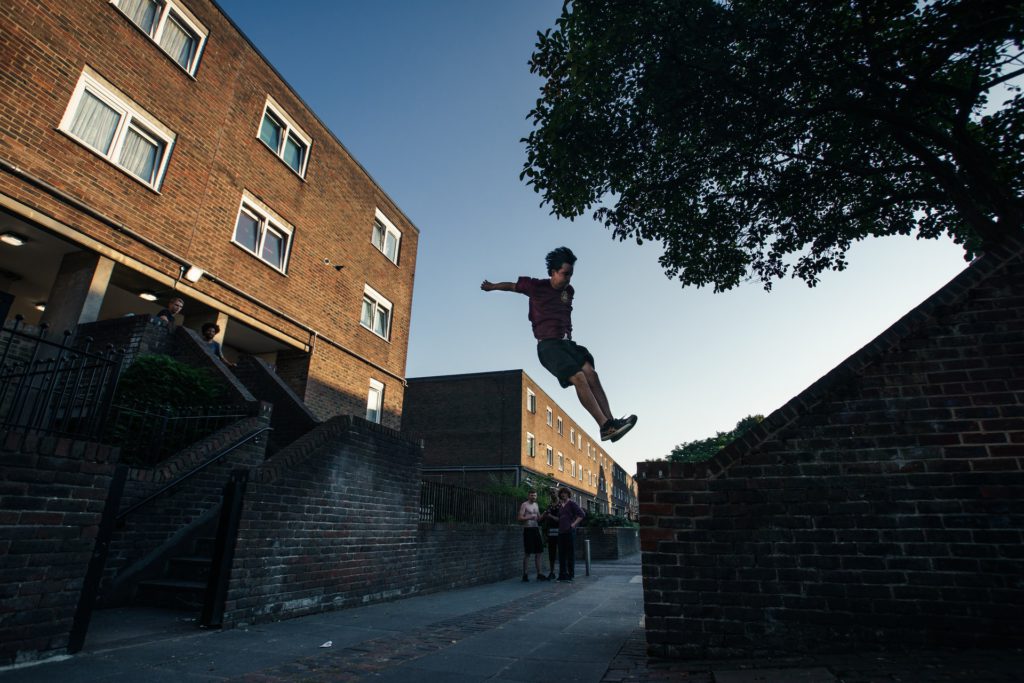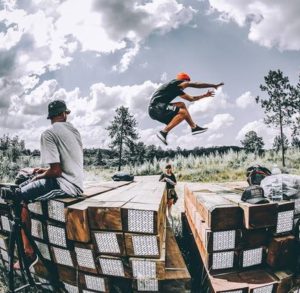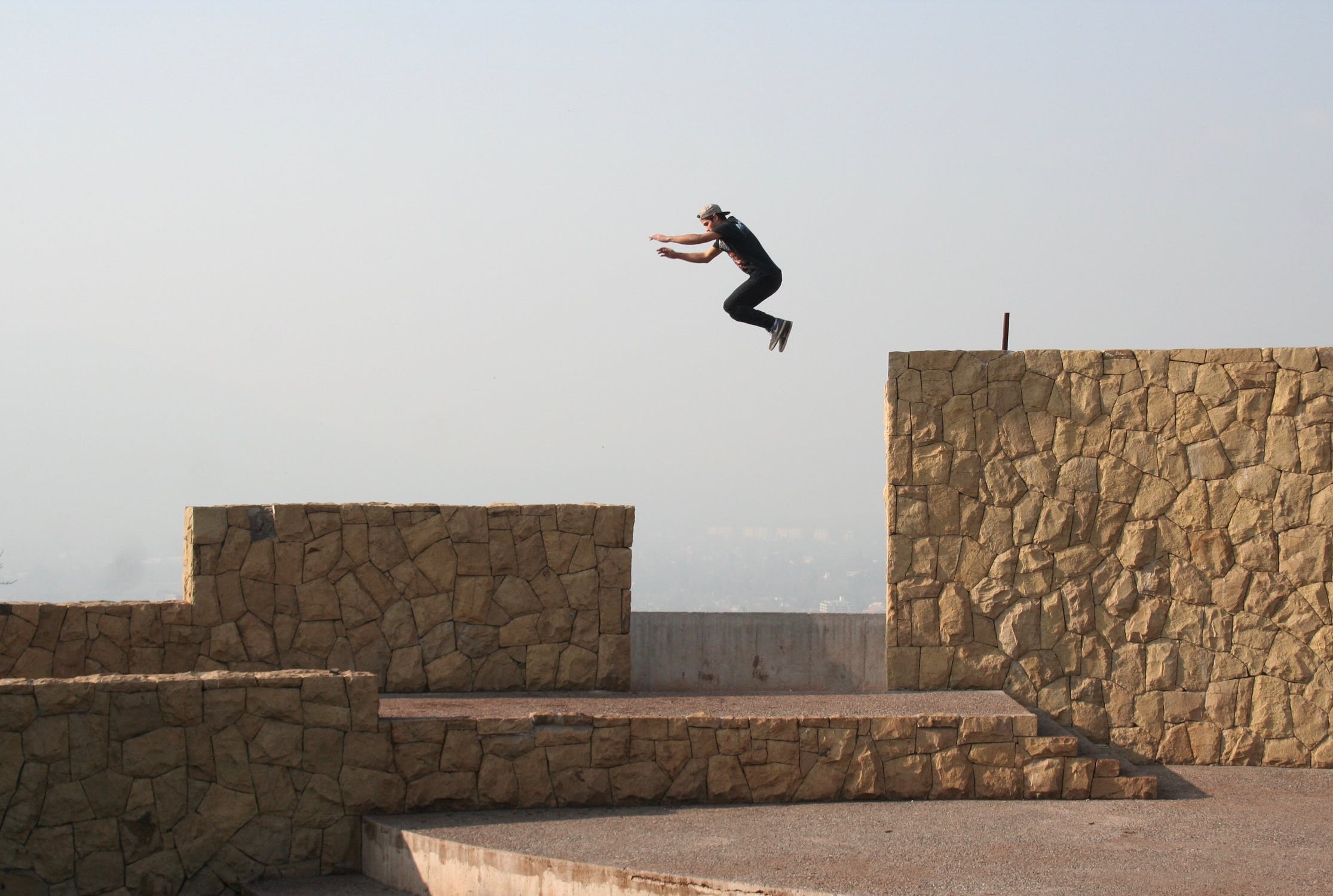Knowing how to get from one place to another is sometimes considered art. Even navigating streets of a city is somewhat artistic at times, given the traffic or if you are unfamiliar with the said city.
On the other hand, if you want to navigate the world on foot, but get from place A to place B as fast as possible, you should consider parkour. Parkour was developed and popularised by David Belle, who got inspired by his father’s actions in the army. Based on the teachings of Georges Hebert, a French officer, it is as much a philosophy as it is physical practice.

If you want to start learning and practicing parkour, here are the steps you need to take.
Evaluate Your Physical Condition
Physical stress which parkour puts on your body is immense. Jumping from a height of five meters can destroy your knees if your quadriceps aren’t ready to take the load, not to mention that you need to know the proper landing technique. Take a look in the mirror (not literally), and evaluate whether you are ready to start training parkour. Overweight people should start with physical conditioning first, before attempting anything parkour-related, other than specific exercises meant for conditioning.
Stay Grounded – No Dangerous Jumps

Most people, when thinking about parkour, they often associate it with insanely huge jumps which are all about danger and adrenaline. A small wrong step while approaching the jump, a bad jump, the landing being insecure, all of those things could lead to your death.
Swallowing a bug mid air (it happens), can also lead to you literally being broken to pieces.
Big jumps are done by professionals who have had multiple years of training, doing things slowly and patiently, methodically working their way to a higher level of parkour.
Find a Local Community

The best way to learn parkour is from someone experienced. Every city, especially larger cities, will have a parkour community. You should look them up on social media, or ask representatives of the country. Every country has some organization which knows the ins and outs of parkour in that country.
There is a caveat to this. Make sure that your future teachers are actually involved in parkour, and not freerunning (which is a form of movement similar to parkour, but with many more flips, tricks and added complexity), or rather, make sure that they will not start teaching you the wrong things. You will know this if you pay attention to their attitude and most of all, the way they practice. Parkour practitioners, also known as traceurs, often spend time repeating a single move multiple times during a workout session, exactly like bodyweight training or even working out in a gym.
Look Up Specific Tutorials Online

If you get stuck, you can always look at some tutorials online, which should have a solution to your problem. Make sure to keep your wits about, because the tutorial might be teaching you the wrong techniques. Debates about what is right and wrong about technique will always be around, but make sure not to go too far, or you won’t get any exercise done.
Keep Practicing
Parkour is all about practice, practice and more practice, until you perfect that one move you are working on. Even if you have to dedicate an entire workout day, keep practicing.
With these tips, you should be well on your way to starting your parkour journey.

